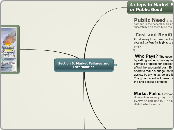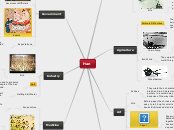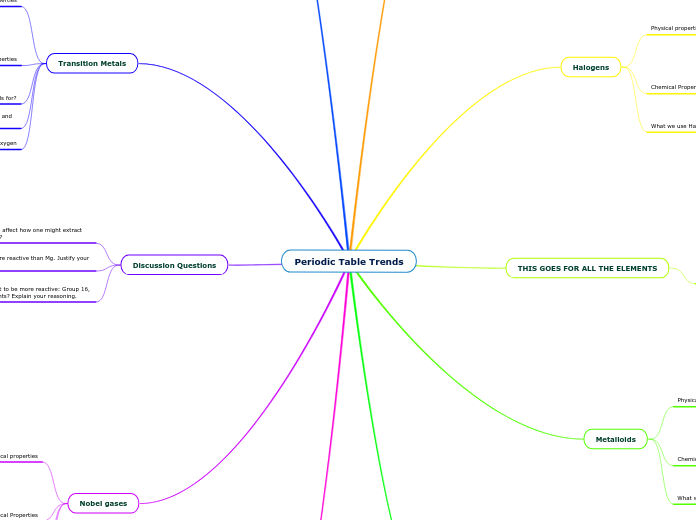av Isaac Yu 5 år siden
336
Resource Industry: Agriculture Ministry: Economic
Canada's agriculture industry plays a crucial role in both domestic and international markets. Statistical analysis provided by reputable sources like Statistics Canada highlights the scale and significance of agricultural trade, including interprovincial exchanges.









